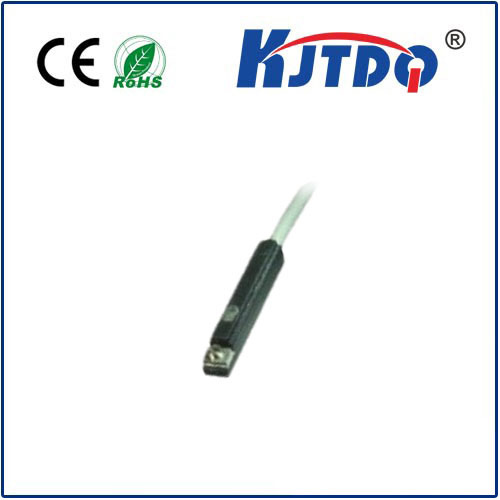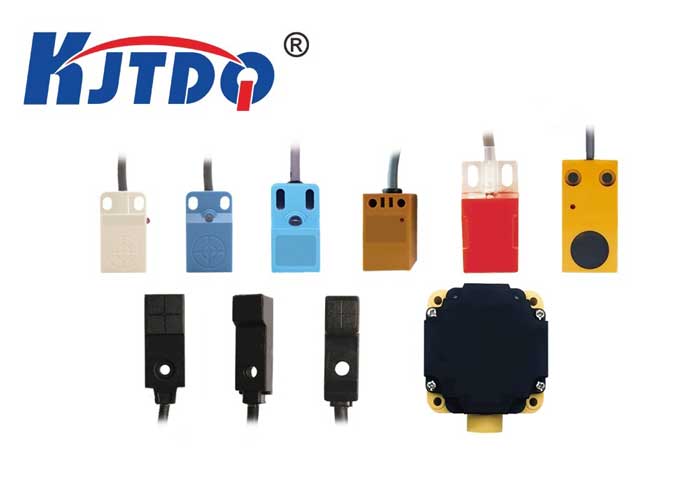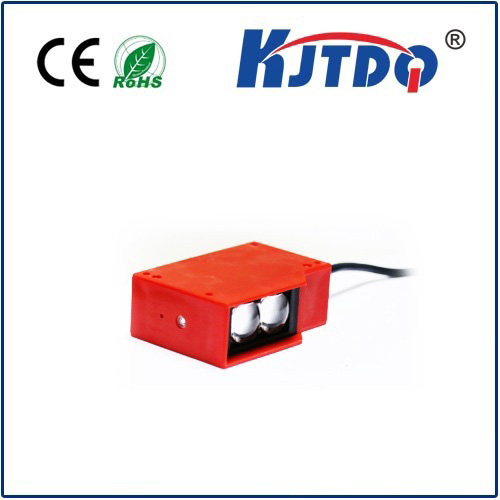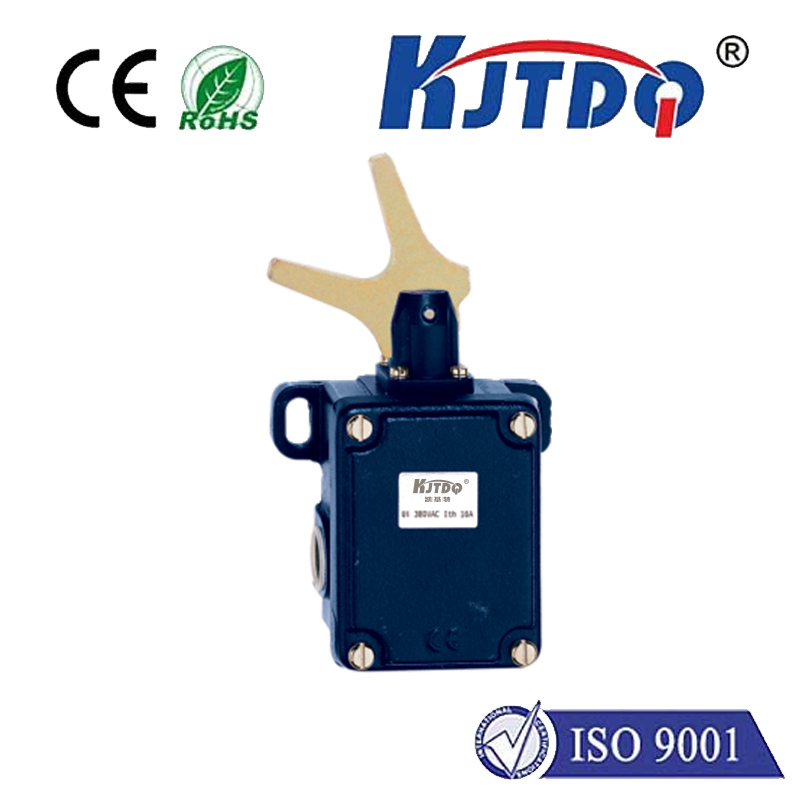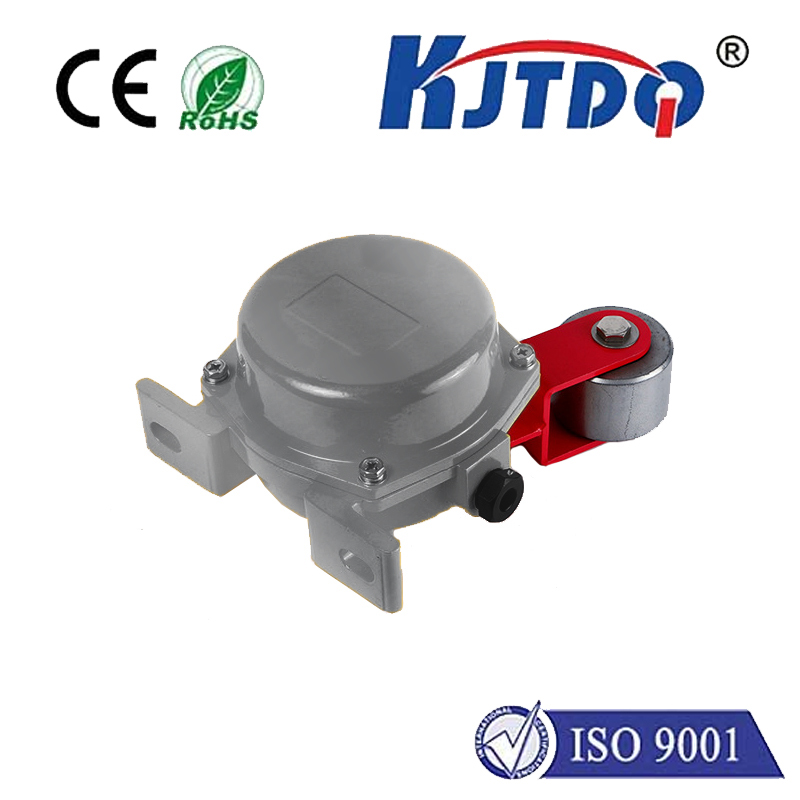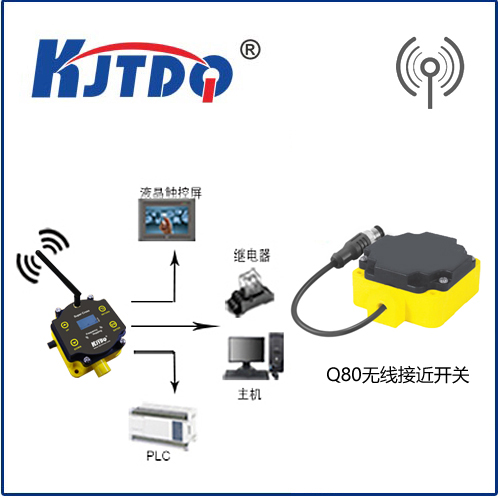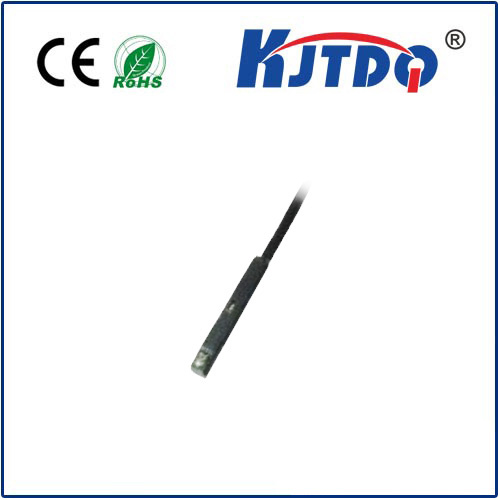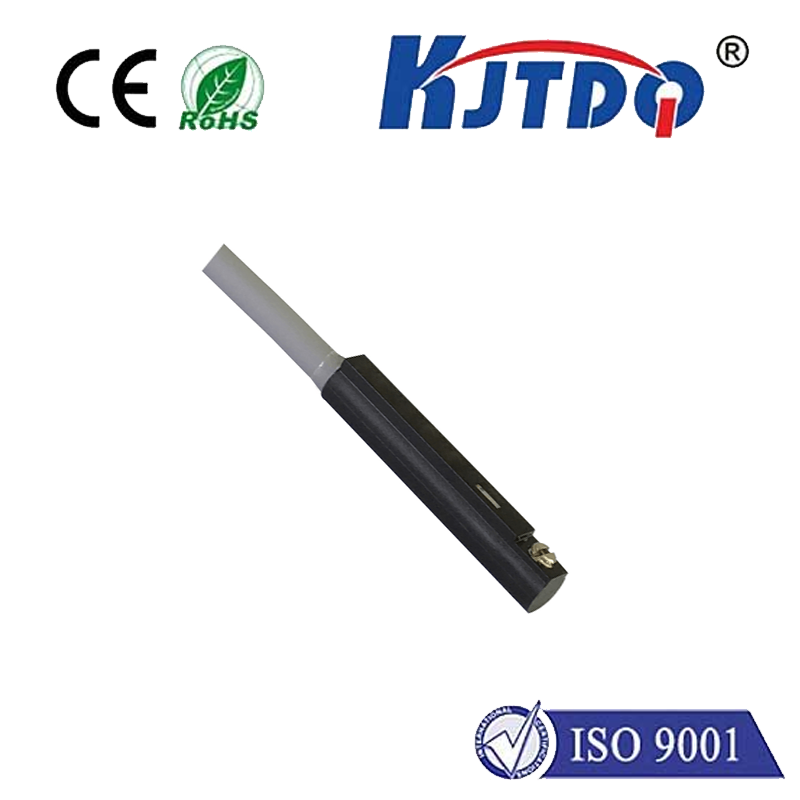linear potentiometer sensor
- time:2025-08-20 01:43:11
- Нажмите:0
Linear Potentiometer Sensors: Precision Position Measurement Made Simple
Ever wondered how machinery knows exactly how far a component has moved, or how an automated process maintains precise control over linear positioning? Often, the unsung hero behind this accuracy is the robust and reliable linear potentiometer sensor. These essential devices translate physical displacement directly into an easily measurable electrical signal, forming the backbone of countless control and measurement systems across diverse industries. Let’s delve into how they work, where they excel, and why they remain a fundamental choice.
Understanding the Core Principle
At its heart, a linear potentiometer sensor is a position transducer operating on the fundamental principle of the voltage divider. Imagine a fixed-length resistive element – typically a precision wirewound track, conductive plastic film, or cermet (ceramic-metal mixture). A movable electrical contact, known as the wiper, slides along this resistive track as the position changes (driven by a shaft or slider connected to the object being measured). The resistance element is connected across a supply voltage (Vref). The wiper taps into this resistance and provides an output voltage (Vout) proportional to its position between the two ends.
- Output Signal: The most common output is a linear analog voltage directly proportional to the position of the wiper relative to the track ends (e.g., 0V at one end, Vref at the other, 0.5 x Vref at the midpoint).
- Resistive Output: Many linear potentiometers can also provide an output as a varying resistance between the wiper and one end terminal. However, the voltage output configuration is generally preferred for signal transmission and interfacing with control systems.
- Linearity: The accuracy of the position measurement hinges significantly on the linearity of the resistive element – how consistently the resistance changes per unit length. High-quality potentiometers offer excellent linearity specifications (e.g., ±0.1%, ±0.05%).
Key Construction Types
While sharing the same operating principle, linear potentiometers come in different physical configurations suited to various applications:

- Rod-Style Potentiometers: The most common type. They feature an internal resistive track with a rod extending out of the sensor body. The rod connects to the moving object, and as it extends or retracts, the internal wiper moves along the track. These often include bearings for smooth operation and reduced friction. Ideal for cylinder position feedback, actuator control, and general linear motion sensing.
- String Potentiometers (String Pots or Draw Wire Sensors): These utilize a flexible cable wound on a precisely machined spool. The free end attaches to the moving object. As the object moves, it pulls the cable, rotating the spool. A rotary potentiometer or encoder mounted on the spool shaft then converts this rotation into a position signal. Excel in measuring large linear displacements (sometimes several meters) where mounting a long rod-style sensor is impractical.
- Slide Potentiometers: Feature an external slider mechanism traveling directly over an exposed track. More common in user interface applications (like audio faders) than industrial position sensing, but suitable for some lighter-duty or short-stroke applications.
Materials Matter: Resistive Elements & Contact Technology
The choice of resistive element and wiper contact material critically impacts performance, durability, and cost:
- Conductive Plastic: Offers smooth operation, excellent resolution (virtually infinite theoretical resolution), long life, and good linearity. Widely regarded as the best general-purpose choice for many industrial and measurement applications. Less noisy than wirewound.
- Wirewound: Constructed by winding resistance wire around an insulating core. Offers very good temperature stability and high power handling capability. However, they have limitations in resolution (determined by the number of wire turns), can be noisier due to the wiper jumping between windings, and may exhibit shorter life due to wire wear. Best for high-power or specific stability requirements.
- Cermet: A blend of ceramic and metal offering good compromise characteristics: reasonable durability, fair resolution, stable performance, and good power handling. Often used in cost-sensitive or moderately demanding environments.
- Hybrid Elements: Combine materials (e.g., conductive plastic over a wirewound base) to achieve specific performance blends.
Wiper Contacts: Typically made of precious metals or alloys (like gold, palladium-silver) to ensure reliable electrical contact, low contact resistance, and resistance to oxidation/corrosion.
Where Linear Potentiometers Shine: Applications
Their simplicity, direct measurement nature, and cost-effectiveness make linear potentiometer sensors ubiquitous:
- Промышленная автоматизация: Monitoring cylinder rod position (
hydraulic & pneumatic), controlling actuators, feedback in valve positioners, robotic arm joint positioning.
- Automotive & Transportation: Throttle position sensors, suspension travel measurement, pedal position sensors, gear shift position, seat adjustment feedback.
- Medical Equipment: Patient positioning systems, adjustable bed/chair control, infusion pump mechanisms, ventilator control.
- Agriculture & Construction: Monitoring implement position (e.g., plough depth), boom/arm articulation on loaders and excavators.
- Laboratory & Test Equipment: Precise stage positioning for microscopes or spectrometers, material testing machine crosshead position, calibration rigs.
- Воздушно - космические и Оборона: Flight control surface position feedback, landing gear position sensing, antenna positioning.
- Consumer Goods: Level sensing, adjustable component positioning (e.g., solar panels, satellite dishes).
Advantages & Considerations
Linear potentiometers offer compelling benefits:
- Simplicity & Direct Output: Provides an absolute position measurement without complex electronics needed for initialization (unlike incremental encoders). Analog voltage output is straightforward to interface.
- Cost-Effectiveness: Generally more economical than many alternative position sensing technologies (like LVDTs or magnetostrictive sensors), especially for standard ranges and accuracy requirements.
- Robustness: Well-designed units offer good resistance to shock, vibration, and environmental contaminants (especially sealed rod-style units).
- High Resolution: Particularly conductive plastic types offer extremely fine resolution.
- Zero Setup: Output is absolute relative to the track ends; no homing routine required after power loss.
- Power Source Compatibility: Can operate on a range of DC supply voltages.
However, selecting the right sensor requires awareness of potential limitations:
- Contact Wear: Being a contact-based technology, the wiper and resistive track are subject to mechanical wear over time, potentially degrading performance or causing noise spikes. Life expectancy (often specified in millions of cycles) is a key metric. Conductive plastic generally offers the longest life.
- Susceptibility to Contaminants: While sealed units exist, dirt, moisture, or oils entering the sensor can significantly affect performance and lifespan. Proper sealing is crucial for harsh environments.
- Frictional Load: The physical contact creates a small but non-negligible force opposing motion, which must be considered in low-force applications.
- Electrical Noise: Susceptible to electrical noise on power or signal lines. Shielding and good wiring practices are essential.
- Limited High-Speed Performance: Mechanical components have inherent inertia and response limits, making them less ideal for very high-speed motion compared to non-contact technologies.
Choosing the Right Linear Potentiometer
When selecting a sensor, consider these critical parameters:
- Stroke Length: The total linear travel distance to be measured.
- Accuracy & Linearity: Required positional precision. Often specified as a percentage of full scale.
- Resolution: The smallest detectable position change. Governed by element type and electrical noise.
4.


